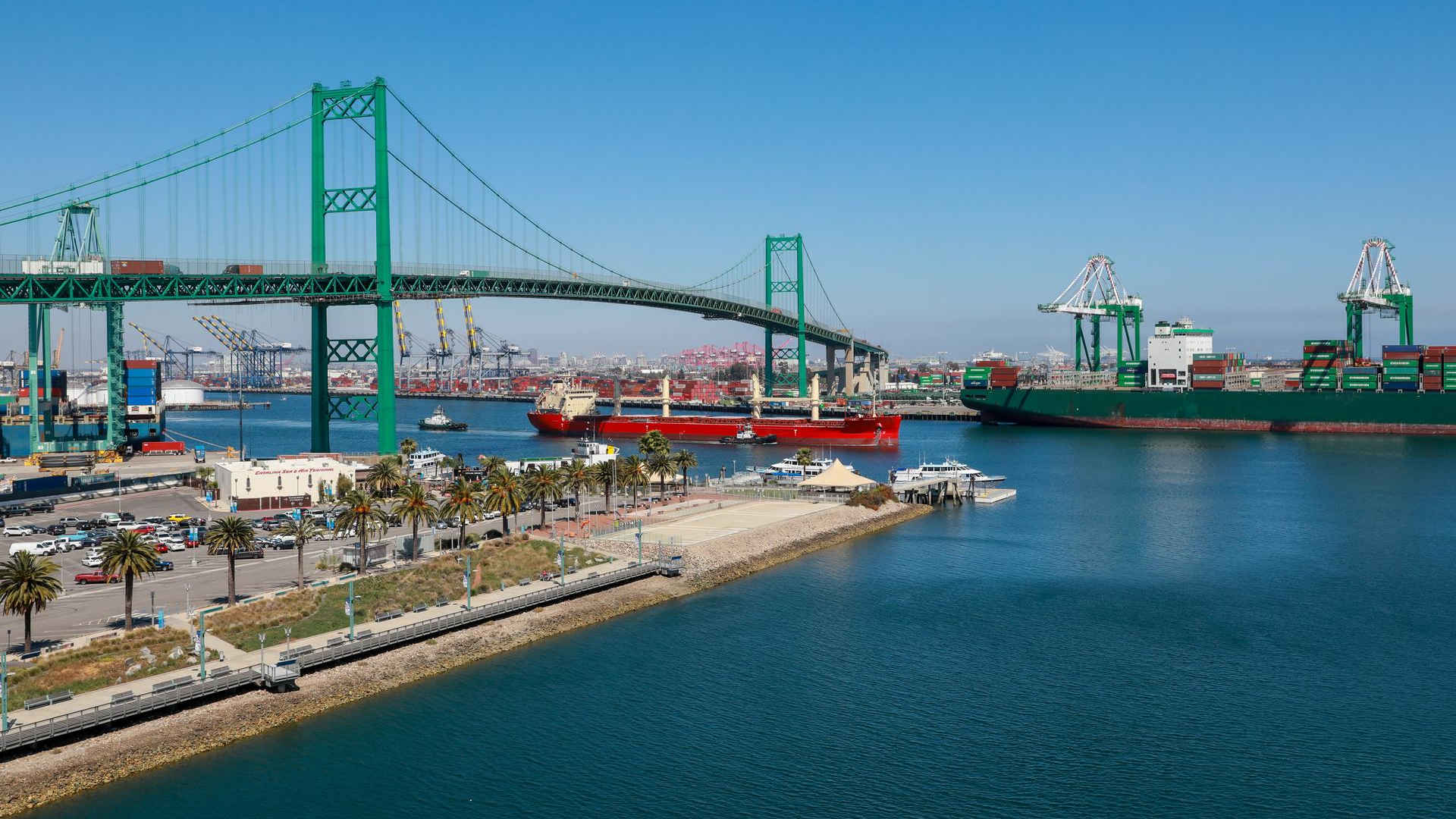17 February 2023 (Lloyd's List) - JANUARY was another slow month in the San Pedro Bay, with the ports of Los Angeles and Long Beach reporting 16.1% and 28.4% year-on-year declines in throughput.
Imports were the primary culprits, dropping 12.9% in Los Angeles and 32.3% in Long Beach compared with the same period last year, and 13.5% and 18.7%, respectively, compared to January 2019.
“We expect softer global trade throughout the first quarter, particularly compared to last year’s record-breaking start,” port of Los Angeles executive director Gene Seroka said in a media briefing.
“Many factories in Asia have had extended Lunar New Year closures, retailers continue to discount products to clear warehouses and inflation-led economic concerns remain top of mind for Americans.”
Mr Seroka added that volumes should recover in the second half of the year, and to expect more blank sailings in the weeks and months ahead, after 17 sailings were blanked in January. Both San Pedro Bay ports have experienced double-digit year-on-year declines in cargo volumes for most months since the summer, owing mostly to a normalisation-turned plunge in imports and a shift of cargo to east and Gulf coast ports due to the unresolved west coast labour contract.
Mr Seroka said he believes the negotiations between dockworkers and their employees will make “real progress” in the spring. In the port of Long Beach, the softening of import volumes gained momentum in the past months, declining 23.7%, 28.4%, 32.6%, and 32.3% from October through January. “We are taking aggressive steps to meet a new set of challenges for the new year,” port of Long Beach executive director Mario Cordero said in a statement.
“I remain optimistic that we will recapture market share and develop projects that will enhance our long-term growth, sustainable operations and the reliable movement of goods through the Port of Long Beach.”
At the other end of the supply chain, US retail sales were up 3% from December and 6.4% year on year, supported by wage growth, easing inflation and unusually warm and dry weather, according to the National Retail Federation. NRF president and chief executive Matthew Shay said: “Retailers understand the needs of consumers and have in place the people, processes, and technologies to meet consumers with the right inventory, competitive pricing and great experiences however consumers choose to shop.”
Major ports on the east and Gulf coast ports reported smaller year-on-year declines than their San Pedro Bay peers, apart from the port of Virginia, which managed to see throughput and imports rise 10.1% and 5.5%, respectively.
The ports of Savannah, Houston, and Charleston saw volumes drop 11.5%, 1.1%, and 5%, respectively, while imports declined 15.9%, 5.8%, and 7.2%. Throughput in Savannah, Charleston and Virginia was buoyed by double-digit year-on-year increases in exports. The ports of New York and New Jersey, Seattle and Tacoma, and Oakland, have not yet reported January figures.






